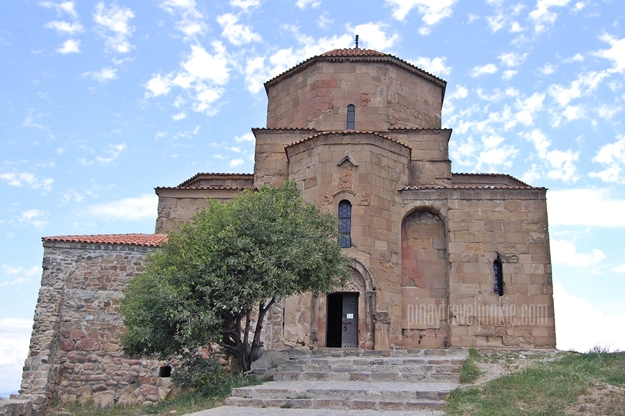
I practiced to no avail.
“Kkhheta”, I could feel the shower of my own saliva.
The guesthouse owner raised her brows. So I showed the word on my computer. “Ahhh! Kkhheta!”.
Pretty sure that was how I pronounced it.
“Umm, yeah. Kkhheta.”
She pursed her lips. She seemed eager to correct me but decided to save her energy for things that actually matter.
I was to ask her to book the same cabbie who picked us up from the airport for a trip to one of the oldest continuously inhabited (and most unpronounceable) cities in the world, Mtskheta. Yeah, five consonants in a cluster because there’s an abundance of ’em in the alphabet anyway so why not throw as much in one word.
For me, the Georgian language is near impossible to comprehend. More so, to learn. The guttural speech sounds, the lack of vowel syllable nuclei. But you know what, I reckon these are the reasons why I find it one of the most fascinating I’ve heard (I can imagine it being the official language of Westeros). How we survived the country without uttering a single word correctly is beyond me.
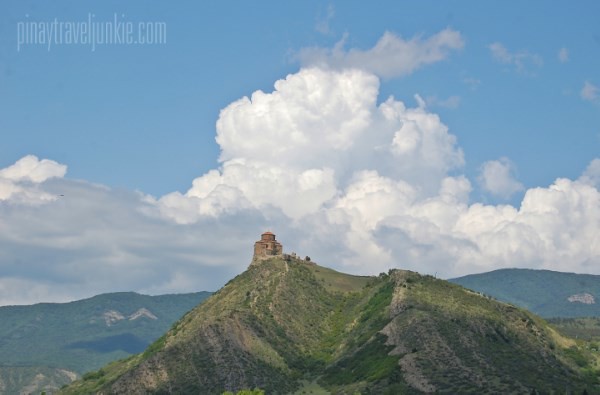
The day after, grandpa cabbie picked us up from the guesthouse and drove us about 20 kilometers north of Georgia’s capital, Tbilisi. We shared no common verbal language. The only time we “communicated” was when we hummed together Led Zeppelin songs that was being played by his car’s cassette player.
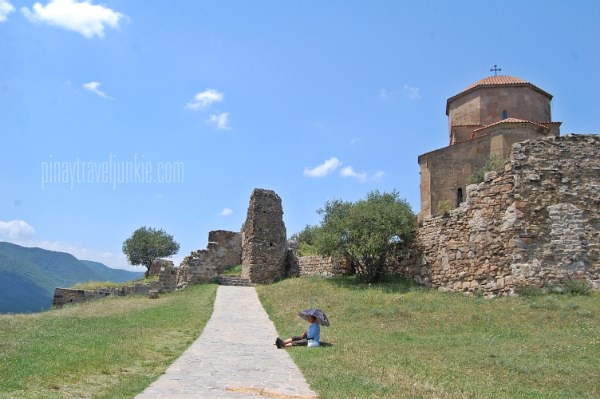
Thankfully, our itinerary was constructed for us by the guesthouse owner. So all we had to do was hop on and hop off the car throughout the half-day trip. Unfortunate, though, that there were no historical markers at the sites. Visitors, especially nonspeakers of the Georgian language, must do a bit of reading beforehand if not carrying a guidebook.
We journeyed to our farthest destination first, the Jvary Monastery, on a mountain above the junction of Mtkvari and Aragvi rivers. Then we headed back to the Mtskheta City center for the Svetitskhoveli (The Life Giving Pillar) Cathedral. Both buildings are listed as UNESCO World Heritage Sites.
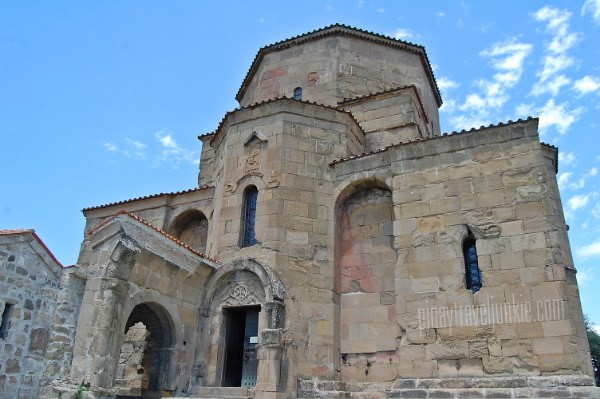

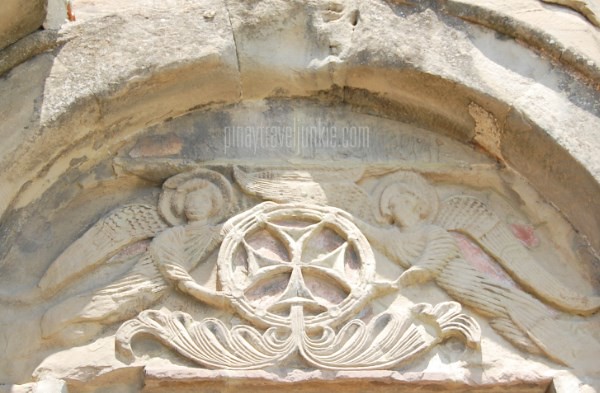
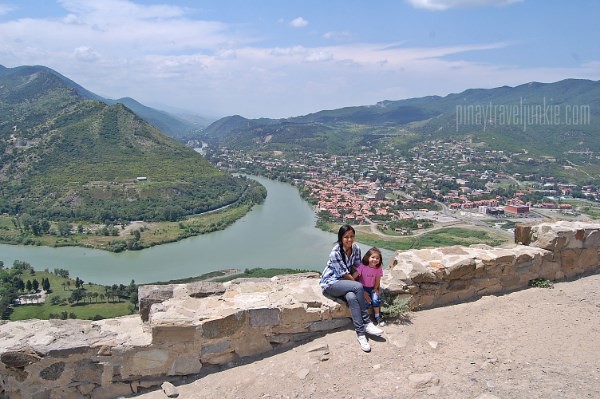
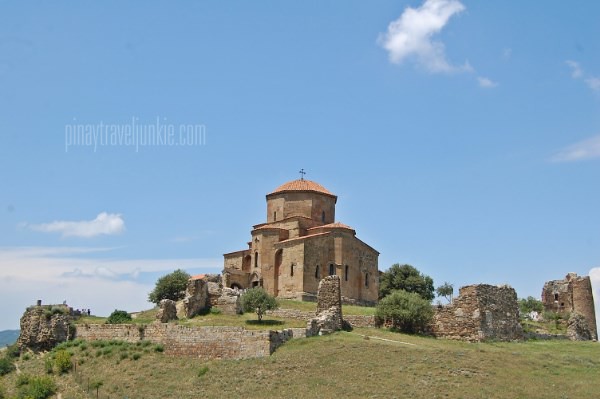
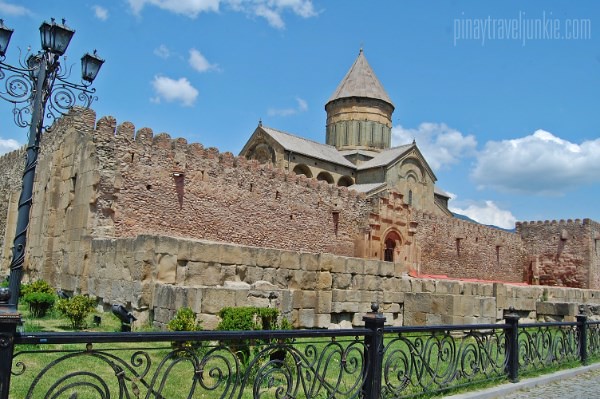
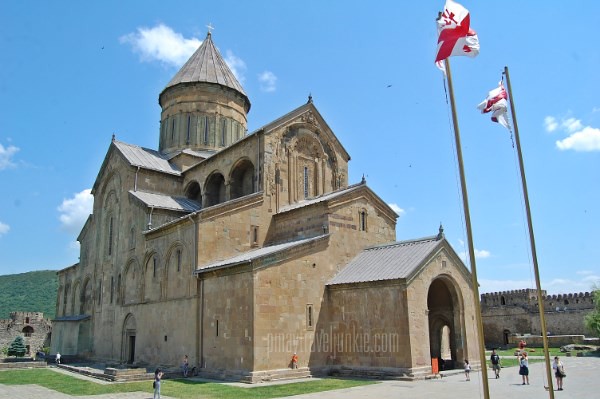

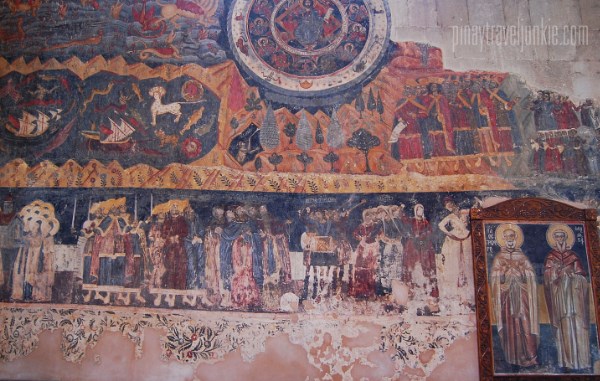



With all the countries you’ve been you could very well do a comparative study on McDonald’s burgers.
BTW, how do you choose the places you go to?
I actually am planning on that 🙂 But will do it when I got lots of material already. As for choosing places to go, it can be very random. Or, we chose it because we’re all visa free there.